
At 7.30am - designated Zero Hour' - on 1 July 1916, over 200,000 men of the British Army emerged from their trenches in the Somme A Valley, northeastern France. They were met by a relentless barrage of machinegun, rifle and artillery fire from the German positions. This assault, which had been part of an Anglo-French plan to break through the German lines, quickly unravelled, deteriorating into a waking nightmare. Before the day was out, over 57,000 casualties - including 19,240 deaths - made that day, the first of the battle of the Somme, the bloodiest in British military history.
PLANNING THE BIG PUSH
During the winter of 1915-16, Allied commanders had agreed to a French-led strategy for a joint attack astride the River Somme where the Anglo-French armies met, aimed at repulsing the Germans from northern France. Having borne the brunt of the fighting since 1914, the French were keen for the British to step up. But a surprise German attack on the town of Verdun in February 1916 forced France to commit huge resources to its defence, leaving the British to shoulder most of the logistics for the upcoming summer offensive.
General Sir Douglas Haig assumed command of the British armies in December 1915, while General Ferdinand Foch headed up the French. Haig, conscious of the Germans' formidable defences along the Somme, had been reluctant to fight there. Rather, his preference had been to strike from the Ypres Salient in the summer of 1916 with the aim of securing the Belgian coast for the landing of further troops.
Diese Geschichte stammt aus der July 2023-Ausgabe von BBC History Revealed.
Starten Sie Ihre 7-tägige kostenlose Testversion von Magzter GOLD, um auf Tausende kuratierte Premium-Storys sowie über 8.000 Zeitschriften und Zeitungen zuzugreifen.
Bereits Abonnent ? Anmelden
Diese Geschichte stammt aus der July 2023-Ausgabe von BBC History Revealed.
Starten Sie Ihre 7-tägige kostenlose Testversion von Magzter GOLD, um auf Tausende kuratierte Premium-Storys sowie über 8.000 Zeitschriften und Zeitungen zuzugreifen.
Bereits Abonnent? Anmelden
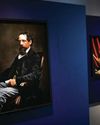
'Dickens's evocation of the fears, excitement and confusion of childhood is peerless'
DR LEE JACKSON ON WHY CHARLES DICKENS REMAINS RELEVANT TODAY
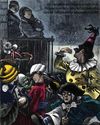
THE AUTHOR GOES ABROAD
Dickens expanded his horizons and boosted his fan-base by venturing overseas - but global fame came with a cost
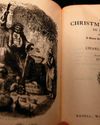
REVIVING THE FESTIVE SPIRIT
A Christmas Carol wasn't just a bestseller - it changed the way that Britons chose to mark the festive season

GIVING THE POOR A VOICE
From Hard Times to Oliver Twist, Charles Dickens used his pen to help illuminate the lives of the less fortunate
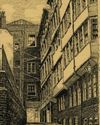
A JOURNEY THROUGH DICKENS'S LONDON
The works of Charles Dickens are synonymous with visions of Victorian London. We talk to Dr Lee Jackson about the author's love of the capital, and the locations that most inspired him
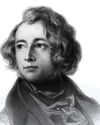
EXCEEDING EXPECTATIONS
Dr Lee Jackson chronicles Charles Dickens's journey from down-at-luck teenager to titan of Victorian literature

GIFTS, TREES & FEASTING
We take a journey through the photo archives to reveal how Christmas and its many traditions have been celebrated over the years - and around the world
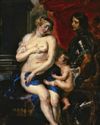
WHAT GREAT PAINTINGS SAY
We explore the story behind an allegorical painting that celebrates the triumph of love over hate, peace over war
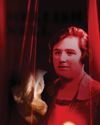
HELLISH NELL
Malcolm Gaskill delves into the life of Helen Duncan - the fraudulent Scottish medium whose ectoplasm-filled seances saw her ending up on the wrong side of the law

7 THINGS YOU (PROBABLY) DIDN'T KNOW ABOUT THE WHITE HOUSE
Presidential historian Dr Lindsay M Chervinsky reveals some of the most surprising facts about the world-famous US residence